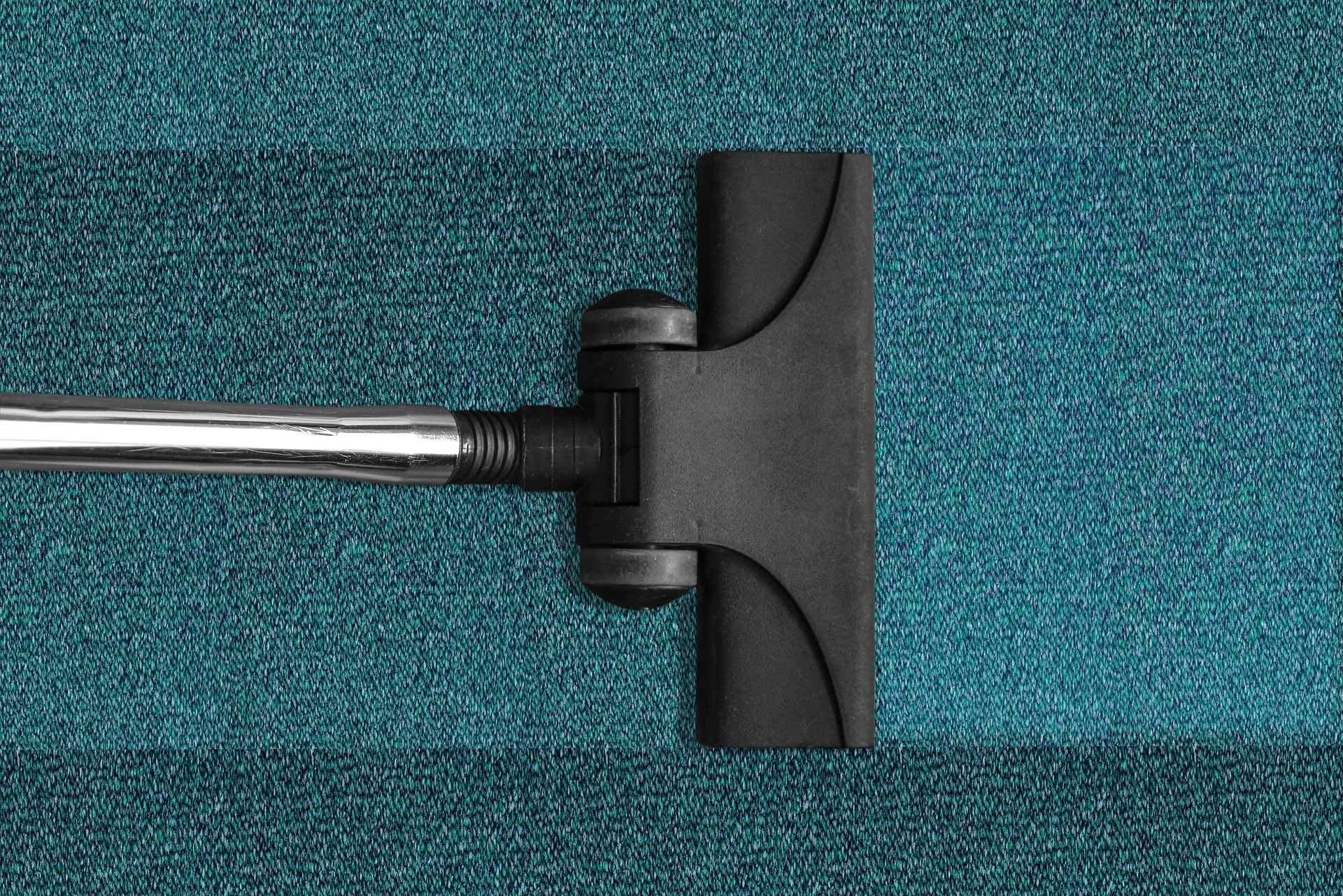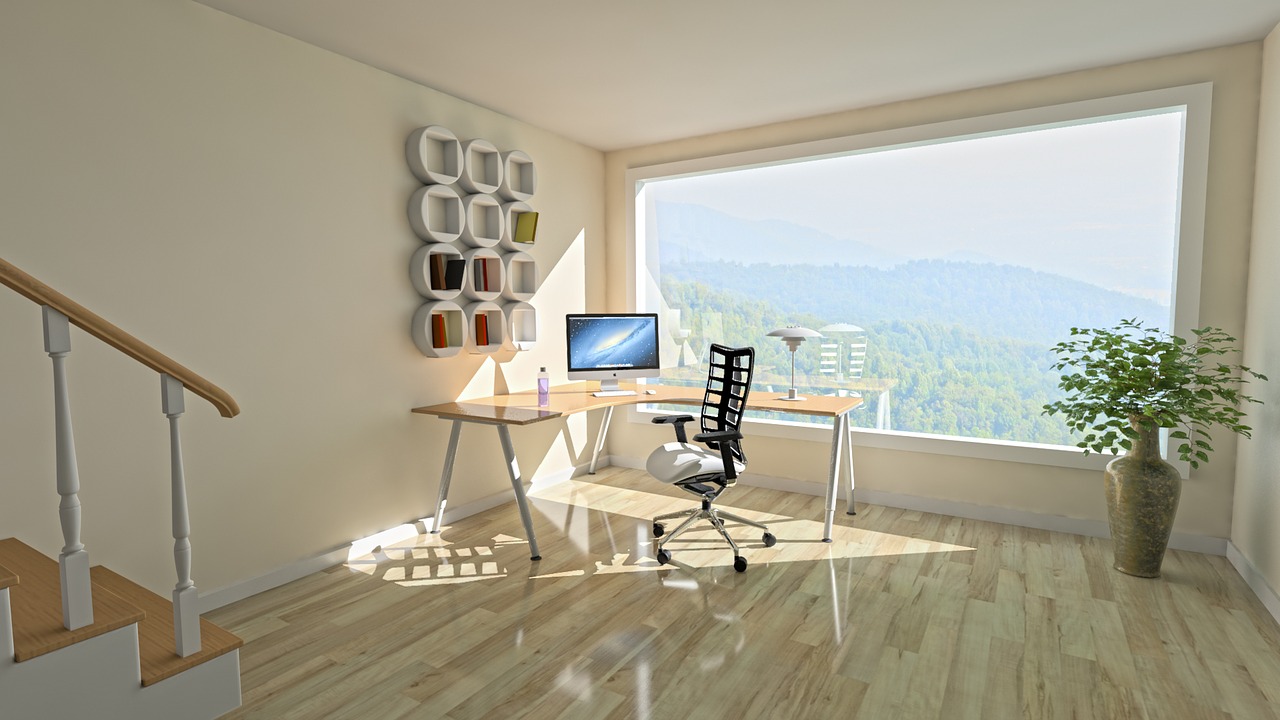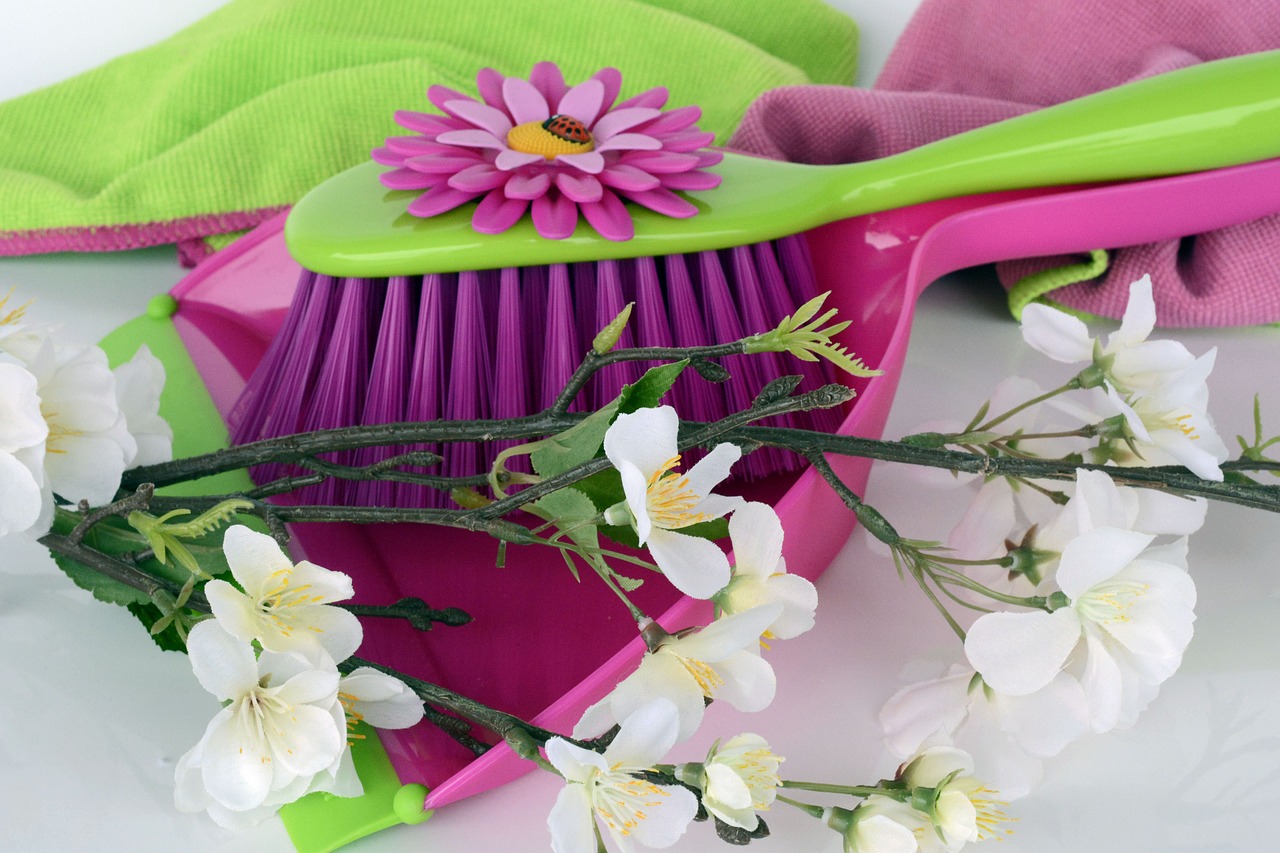Guest article provided by il-bordura.com

Tucked away on the northern coastline of Gozo, Dahlet Qorrot is a secluded paradise that captures the island’s untouched beauty. Imagine standing by the shore, feeling the cool breeze against your skin, and listening to the rhythmic waves gently lapping against the rocks. This hidden bay, with its rugged shoreline and crystal-clear waters, offers a sense of peace that is rare in today’s bustling world. Whether you’re looking for a quiet retreat or an inspiring escape, Dahlet Qorrot remains one of Gozo’s best-kept secrets.
The History and Importance of Dahlet Qorrot
Dahlet Qorrot has long played a role in Gozo’s maritime history. Traditionally, the bay served as a small fishing harbour, with local fishermen carving boathouses directly into the limestone cliffs. These structures, still in use today, offer a glimpse into the island’s enduring fishing traditions. The bay’s strategic location also made it an important point for maritime activities, and remnants of its historical significance can still be found in the surrounding area.
Beyond its fishing heritage, Dahlet Qorrot has intrigued explorers and nature enthusiasts for generations. The coastline’s unique rock formations tell a silent story of erosion, weathering, and centuries of interaction between land and sea. For geologists and historians alike, this bay serves as an open book of natural history. Today, it remains an ecological haven, attracting visitors who appreciate its untouched beauty and cultural significance.
The Unique Coastline of Dahlet Qorrot
What makes Dahlet Qorrot truly special is its distinctive coastline. Characterized by dramatic limestone formations, wave-carved cliffs, and pebbly shores, the bay showcases nature’s artistic mastery. The contrast between the turquoise waters and the golden-hued rocks creates a mesmerizing scene, shifting with the light of the day.
Unlike the well-known beaches of the Mediterranean, Dahlet Qorrot retains an intimate charm, offering a sense of solitude and tranquillity. The bay is flanked by natural caves and traditional fishermen’s boathouses carved into the cliffs, adding a timeless touch to this retreat. It’s the perfect place to escape, where the world feels quieter and time slows down.
Why Visit Dahlet Qorrot Over Other Mediterranean Destinations?
The Mediterranean boasts many picturesque coastal spots, but Dahlet Qorrot offers something truly unique:
Tranquillity & Exclusivity
Unlike crowded tourist destinations, Dahlet Qorrot remains a hidden gem. Here, you can unwind in complete serenity, free from the distractions of commercialization. Whether you want to lose yourself in a book, listen to the soothing sounds of the sea, or simply enjoy a moment of quiet reflection, this bay provides a rare escape from the hustle of daily life.
Spectacular Natural Beauty
The untouched landscape of Dahlet Qorrot is a paradise for nature lovers. With its ever-changing tides revealing intricate rock pools and fascinating geological formations, it’s a wonderland for explorers. The bay’s crystal-clear waters are home to vibrant marine life, making it an ideal spot for swimming and snorkelling. Unlike the often-overcrowded beaches elsewhere in the Mediterranean, here you can immerse yourself in nature without interruption.
A Haven for Photographers
Every corner of Dahlet Qorrot offers a picture-perfect moment. The sun rising over the limestone cliffs bathes the bay in a golden glow, while the evening light casts long, dramatic shadows across the rugged landscape. The reflections of the sky in the water, the movement of the waves, and the striking contrast of textures create endless opportunities for stunning photography.
Authentic Gozo Experience
Unlike many Mediterranean destinations that have been heavily commercialized, Dahlet Qorrot has remained true to its roots. Local fishermen continue to use the bay, their colorful boats adding charm to the scenery. Here, you can witness the island’s traditions first hand—boats gently bobbing in the water, fishermen tending to their nets, and a way of life that has remained unchanged for generations. This authenticity makes Dahlet Qorrot a rare find in today’s world of mass tourism.
Capturing the Essence of Dahlet Qorrot in Your Living Space
For those who want to bring the serenity of Dahlet Qorrot into their homes, wall art inspired by this stunning location offers the perfect solution. Aerial and seascape photography capturing Gozo’s coastal beauty can transform any living space, evoking a sense of calmness and connection with nature.
Explore our exclusive collection of Gozo-inspired wall art, such as:
Gozo Coastal Waves – A mesmerizing capture of the waves crashing against Gozo’s shores.
Waves of Gozo Aerial Triptych – A striking three-piece set that highlights the rhythmic dance of the Mediterranean waters.
Bringing these artworks into your home allows you to experience the tranquillity of Gozo every day, making your space a peaceful retreat from the chaos of modern life.
Final Thoughts
Dahlet Qorrot is more than just a hidden bay—it’s an experience, a moment of peace, and a reminder of nature’s untouched beauty. Whether you explore it in person, feeling the soft pebbles beneath your feet and the fresh sea air filling your lungs, or through a stunning piece of wall art that brings its essence into your home, this special place stays with you.
At il-bordura , we are passionate about capturing the natural wonders of Gozo and transforming them into art. Each piece in our collection is designed to transport you to these breathtaking locations, allowing you to hold onto the magic of Dahlet Qorrot wherever you are.
If you’re seeking an escape—whether physical or visual—Dahlet Qorrot and our exclusive collection of wall art provide the perfect gateway to serenity. Experience it for yourself, through travel, through art, and through the timeless allure of Gozo’s coastal wonders.
Photo by Il-Bordura.com








